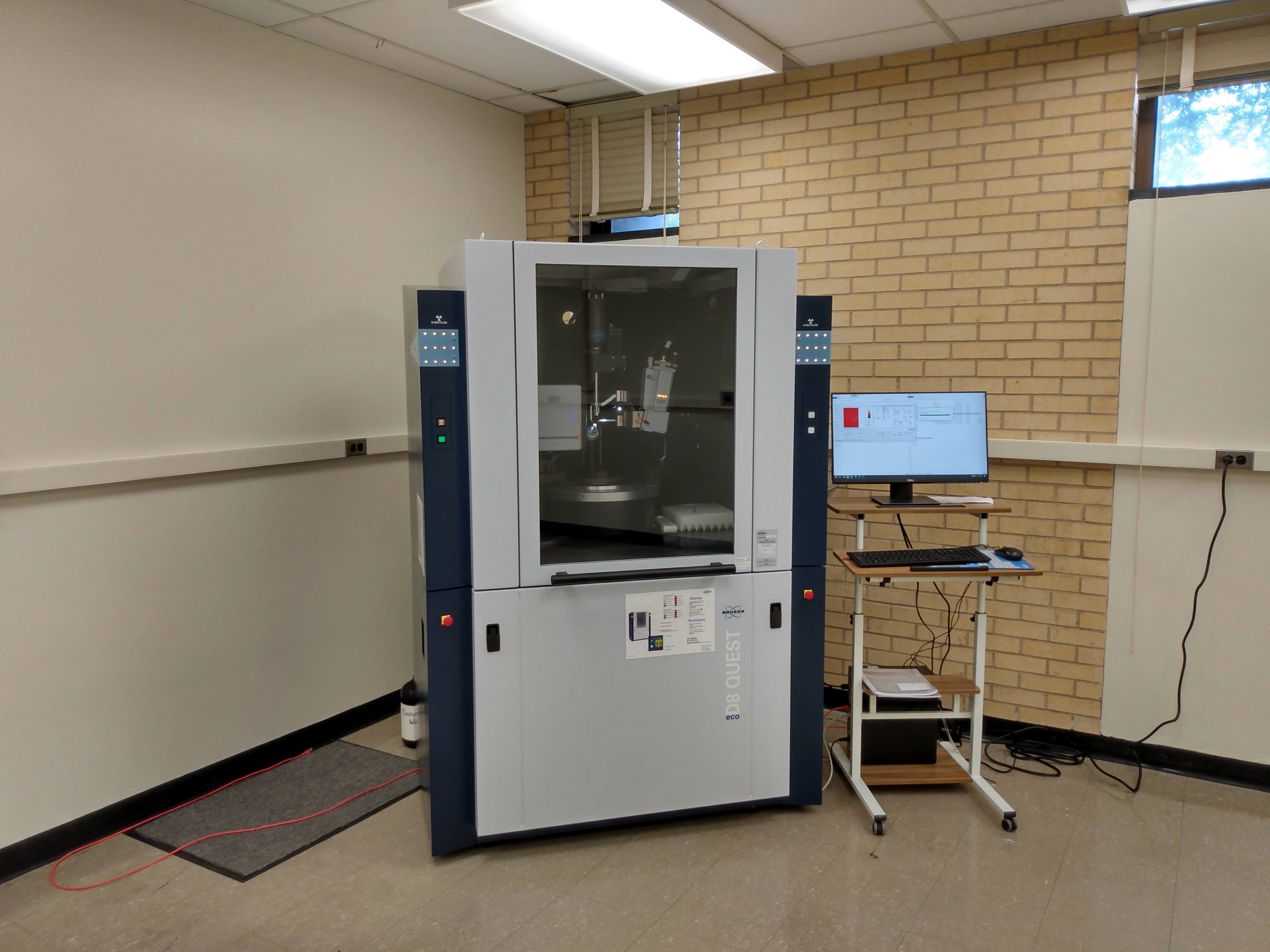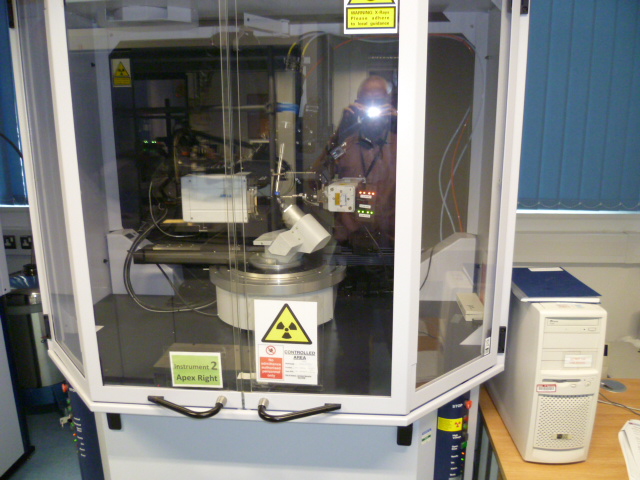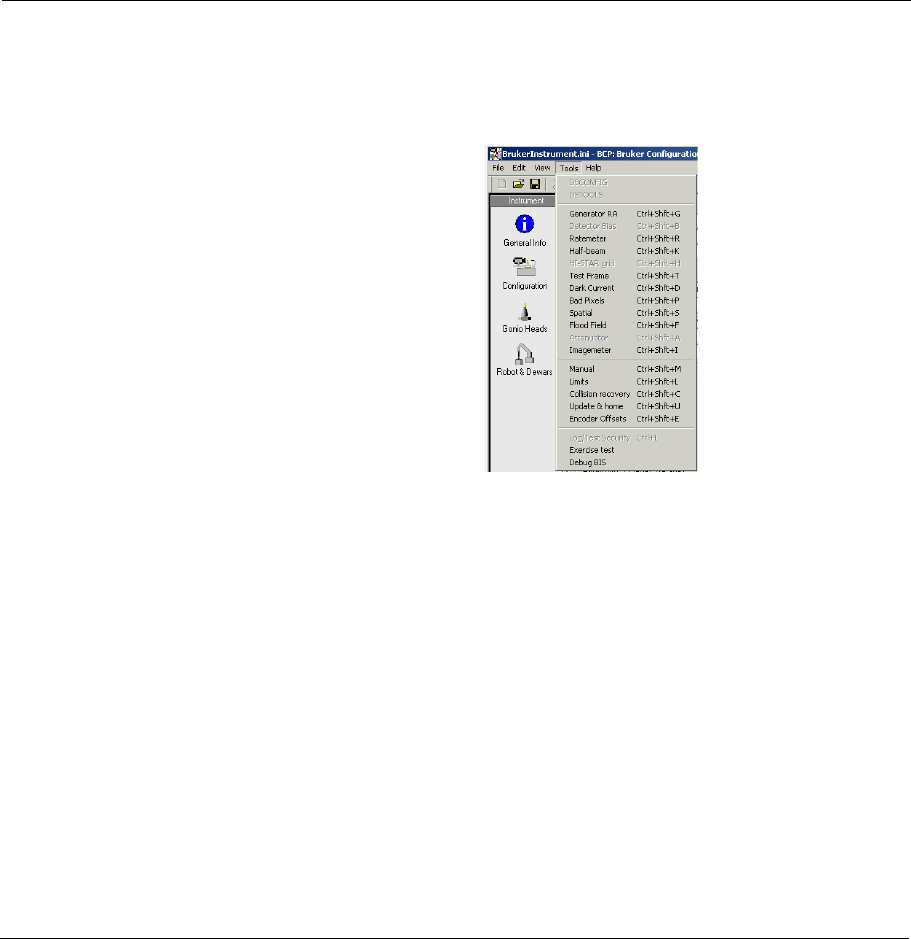

The pressure was found to be 0.46 GPa using the ruby fluorescence method.

After being loaded as a liquid into the pressure cell, the acetic acid was crystallized according to the procedure described by Allan & Clark (1999 ). Glacial acetic acid was obtained from Aldrich and used as received. The aim of the present paper is to describe some procedures by which these difficulties can be addressed.Īcetic acid was chosen as a test system for this study. After integration, the absorption correction needs to take into account not only sample anisotropy but also absorption by the diamonds and backing disks. The high background and shading also introduce problems during integration.

The lack of a χ-circle on the SMART potentially exacerbates this problem. Shading of the detector by the body of the pressure cell means that only a restricted volume of reciprocal space can be sampled, and this results in very low data completeness for samples in the triclinic and monoclinic crystal systems. The result is a high and variable background, which can present problems during indexing and unit-cell determination. Diffraction images contain not only sample spots but also powder lines from the gasket and backing-disk materials and very intense spots from the diamond anvils (Fig. Its compact size means that it can be mounted on a standard goniometer head.Ĭentring the sample may be difficult because of the restrictions on viewing by the body of the pressure cell procedures such as eight-point centring (Angel et al., 2000 ) cannot be used on fixed- χ instruments. It is suitable for obtaining pressures up to 12 GPa. The Merrill–Bassett diamond-anvil cell (DAC Merrill & Bassett, 1974 ) is one of the most widely used high-pressure devices. The advantage of this very open arrangement is that it can accommodate bulky sample environments, such as various designs of high-pressure cell. The detector can move around 2 θ, and the sample can be oriented about ω and φ, but χ is fixed at 54.76°. The SMART consists of an X-ray source, a CCD detector and a three-circle goniometer. CCD diffractometers are now used ubiquitously in chemical crystallography, and in this paper we describe some practical experience in the application of one such instrument, a Bruker–Nonius SMART APEX diffractometer, in high-pressure diffraction. There are clear potential advantages in the use of area detectors for this work.
BRUKER APEX II CCD DETECTOR TEST SERIES
This area has recently been the subject of a series of reviews (Angel et al., 2000 Hemley & Dera, 2000 Miletich et al., 2000 ). Īlthough the majority of single-crystal diffraction studies at high pressure have been performed using four-circle diffractometers with point detectors, data collection times may run into weeks, especially for relatively weakly diffracting organic samples with low-symmetry crystal systems and unit-cell volumes in excess of 1000 Å 3.

Data sets collected at high pressure often contain some significant outliers these can be identified during merging using a robust resistant weighting scheme, as described by Blessing. Corrections for absorption are carried out in a two-stage procedure comprising an analytical correction for absorption by the cell, followed by a second multi-scan correction. Shading also reduces the volume of reciprocal space that can be sampled, although this can be increased by performing data collections at more than one pressure-cell setting. Integration routines attempt to harvest intensity data from regions of the detector that are shaded by the body of the pressure cell, and a procedure for generating dynamic masks is described. Procedures for the selection of spots for indexing are described. High-pressure diffraction images are contaminated by powder lines from the gasket and backing-disk materials, which form part of the pressure cell, and very intense spots from the diamond anvils. The data collection strategy is defined by the requirements that (i) the incident beam must illuminate the sample and (ii) no more than 80% of the detector should be shaded by the body of the pressure cell. Centring a sample in a pressure cell is complicated by the restrictions on viewing the sample imposed by the body of the cell. This paper describes some practical experience in the application of one CCD instrument, the Bruker–Nonius SMART APEX (a fixed- χ instrument). Although CCD instruments are now widely used in single-crystal diffraction, they have not been employed so extensively in crystallographic studies at high pressure.


 0 kommentar(er)
0 kommentar(er)
